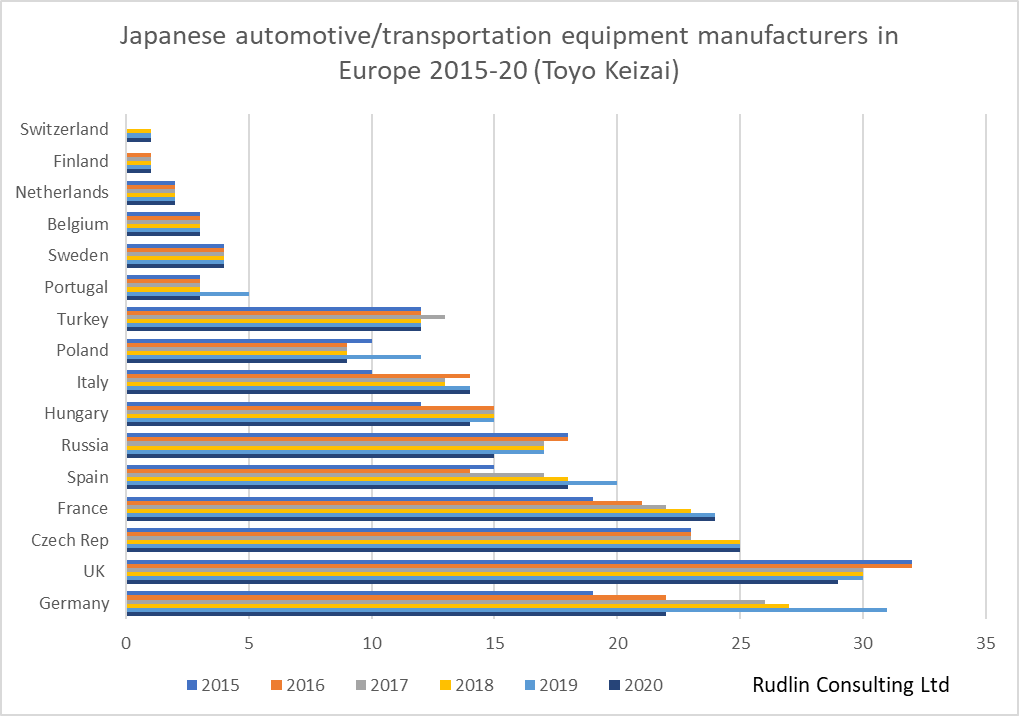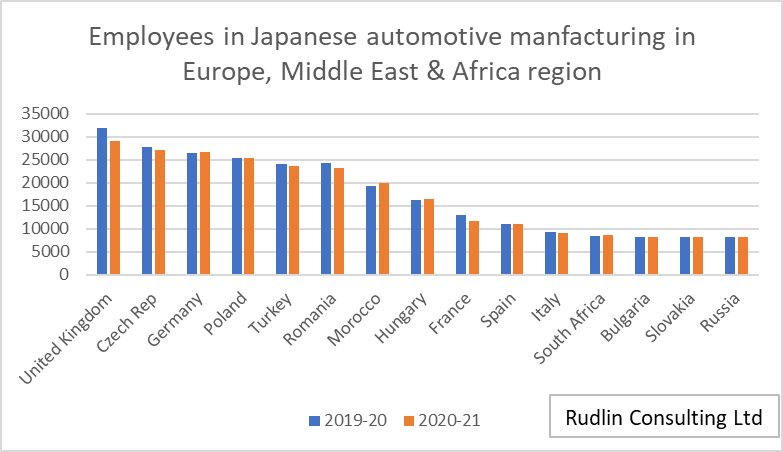The opportunity for Japan to help Europe with its housing shortage
One of the few new Japanese companies to join the Japanese Chamber of Commerce & Industry in the UK in 2020 was Sekisui House. Daiwa House also announced at the end of 2020 that they were going to acquire Dutch modular housing builder Jan Snel.
Both companies cite the housing shortage and scarcity of skills across Europe as a reason for their expansion. We have certainly been suffering from a housing shortage in the UK for many years. When I studied the problem 30 years’ ago at university, I remember being told that one issue was not so much a lack of housing, but a lack of adequate housing. There were and still are a lot of older houses, even dating back to the 19th century, which are not fit for modern day living.
Another issue which has become more acute is that these houses, even if refurbished, are not where people want to live. We still have an economic north/south divide in the UK, thanks to the decline of industry. Big northern towns and cities have no jobs, but plenty of empty, dilapidated housing. Cities in the south are not building enough new housing for the increase in population. As a result, young people are having to share crowded houses and apartments and cannot afford the mortgage needed to buy anywhere.
Building more new houses in those cities is the obvious solution, except that there is a lack of land on which to do so. There was an attempt to allow old office blocks to be turned into apartments, but this resulted in some very low quality, unhealthy housing.
Land is available in the commuter zones outside London, but this has been protected for many years by a so-called Green Belt, which tries to preserve green fields and woodland. Although this may seem a worthy ecological cause, it has mostly been exploited by the residents of those areas who do not like the idea of new houses and newcomers and a consequent hit to the value of their own homes.
I used to live in one of those areas, near a train station which took me directly into central London in 47 minutes. It was right by the M25 orbital motorway, and there was a constant noise from nearby Heathrow and Gatwick airports. I thought at the time that claiming this was green belt and refusing to build more homes in the area was not only selfish, but a denial of reality.
For the first time in the UK, and possibly in the world, air pollution has been ruled as the cause of death of little girl who had asthma and lived in London. I thought back to our time living in the “green belt” and the air pollution we tolerated there. If Sekisui and Daiwa are going to be able to build housing in those areas, their low carbon technology, with effective air conditioning systems, should be much welcomed.
This article originally appeared in Japanese in the Teikoku Databank News
For more content like this, subscribe to the free Rudlin Consulting Newsletter. 最新の在欧日系企業の状況については無料の月刊Rudlin Consulting ニューズレターにご登録ください。
Read More
 The recent news about Nissan and its Chinese battery manufacturing partner Envision deciding to go ahead with expanding the battery plant in Sunderland, to supply a new electric vehicle model, led me to revisit my researches on trends on the Japanese automotive sector in the Europe, Middle East and Africa region. I
The recent news about Nissan and its Chinese battery manufacturing partner Envision deciding to go ahead with expanding the battery plant in Sunderland, to supply a new electric vehicle model, led me to revisit my researches on trends on the Japanese automotive sector in the Europe, Middle East and Africa region. I  So the UK still has the most employees of Japanese automotive manufacturers in the region, but the number of employees has dropped below 30,000 for the first time in five years. The Czech Republic, Germany and Poland are not far behind in terms of employee numbers, and it’s possible Germany still does have more Japanese automotive related manufacturers than the UK, it’s just that they have chosen not to classify themselves as being in the automotive sector. The closure of Honda Swindon and other suppliers to the Swindon plant this month will probably result in the UK losing its top spot both in terms of employees and companies hosted.
So the UK still has the most employees of Japanese automotive manufacturers in the region, but the number of employees has dropped below 30,000 for the first time in five years. The Czech Republic, Germany and Poland are not far behind in terms of employee numbers, and it’s possible Germany still does have more Japanese automotive related manufacturers than the UK, it’s just that they have chosen not to classify themselves as being in the automotive sector. The closure of Honda Swindon and other suppliers to the Swindon plant this month will probably result in the UK losing its top spot both in terms of employees and companies hosted.